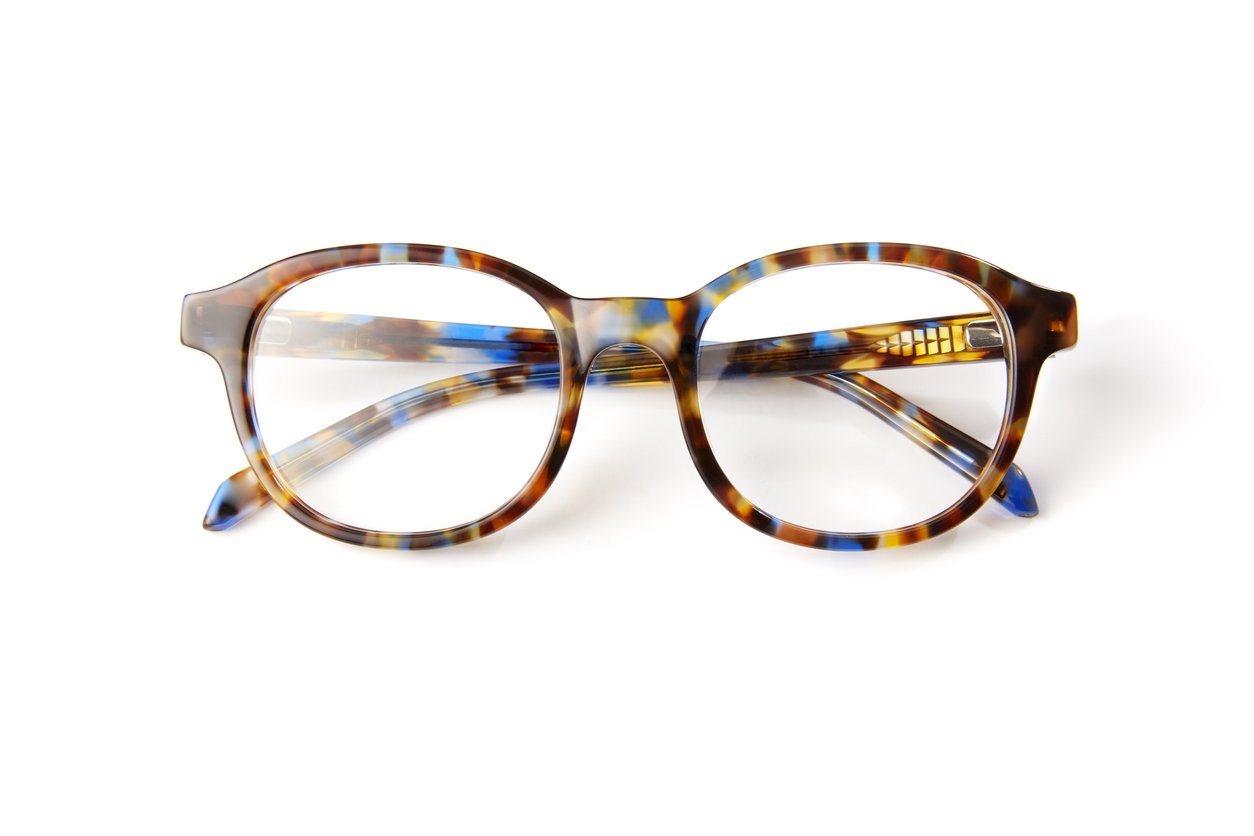Getting a new pair of glasses is an exciting time for any established owner of imperfect vision. New frames present an opportunity to reinvent your style and, by extension, yourself. Unfortunately, new glasses can take some time to get used to. Headaches and visual distortion are both par for the course in the first few days.
Alternatives to Glasses
If you’ve been through as many pairs of glasses as most of us, then you’re probably tired of going through these transitions phases about once a year. Luckily, we live in a time where we have other options.
Dr. Gosheh of Advanced Eye Medical offers blade-free Lasik eye surgery, which only takes a few minutes and allows you to use your eyes normally in a matter of hours. By using blade-free technology, Dr. Gosheh offers his patients a smooth transition away from the necessity of glasses or contacts towards effortless, excellent sight.
If you are trying to adjust to a new pair of glasses, where do you begin?
Getting Off on the Right Foot
Before you even leave your optometrist’s office with your new pair of glasses, make sure you receive a fitting. Your lenses, of course, have already been adjusted to fill the prescription identified by your eye doctor. But your frames have received no such personalization.
Luckily, a skilled technician will be able to sit down with you and adjust your frames until they sit comfortably on your ears and the bridge of your nose. Keep in mind that their ability to adjust your frames is partially down to the frames you choose. If comfort is your number one priority, then don’t be afraid to ask a technician which types of frames give them the most flexibility.
Having your frames fitted to your face before you leave your optometrist’s office will help to relieve the physical discomfort. However, if you continue to experience discomfort due to the shape or position of your frames, then feel free to ask for another adjustment.
Adapting to your New Sight
Once your prescription and frames have been customized to fit your needs, you may still struggle with the sense that your vision doesn’t feel quite right. Common symptoms include:
- Eye Strain
- Distortion
- The Fish Bowl Effect
- Inaccurate Depth Perception
- Headaches
These symptoms result from your brain trying to adjust to the new lenses. The severity of the distortion is most closely related to the level of difference in the prescription and the age of the patient. Older patients tend to have more difficulty adapting to new lenses.
For the most part, the transition symptoms are relatively innocuous. However, if you have a headache after putting on your new pair of glasses, you should speak to your optometrist. For the most part, headaches are just part of the transition. It could also indicate to your doctor that the prescription is too strong or that there is another underlying cause.
As with headaches, inaccurate depth perception is not usually worrying in and of itself. However, patients transitioning to new lenses should increase their use of caution on steps and other elevation changes. Geriatric patients or others prone to falls should not be afraid to ask for assistance in these cases while their eyesight is adjusting.
The good news is that most patients only take a few days to get used to their new lenses. However, a full adjustment period could last up to two weeks, especially if you are transitioning to bifocals or another multi-vision lens.
If you are transitioning to a multi-vision lens, Live Strong suggests getting into the habit of moving your head rather than your eyes while you’re wearing your glasses. This small, but important adaptation will reduce your risk of eye strain. It also makes it easier to make the complete transition to your new lenses.
In any case, experts say that it is important that you keep wearing your new glasses until the adjustment is complete. It can be very tempting to reach for the older, more comfortable pair. However, the switch will prevent your brain from accepting the new lenses.

